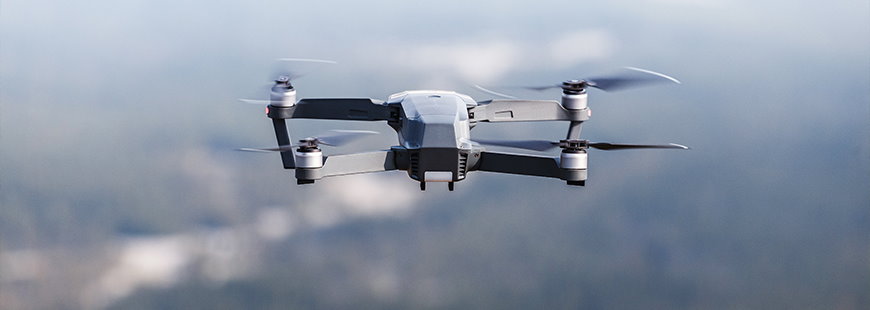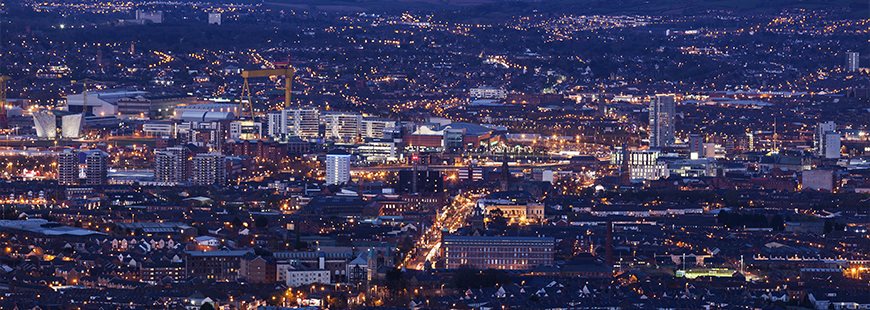
UK Drone Laws
By Dom at Eversure,
07 January 2021
You’ll be forgiven if you haven’t stayed on top of these, and we’ll be the first to admit that UK drone laws seem to change once a week at the moment. It’s the sort of thing that’s to be expected of such a new and exciting industry, it can take a while for the bureaucracy to catch up.
Let’s start with the newest changes.
As of 31st December 2020, the rules regarding drone types and how they are flown changed drastically. The introduction of the following drone groups was outlined by the Civil Aviation Authority:
- Low-risk or open-category drones will not require any authorisation but will be subject to strict operational limitations
- Medium-risk or specific-category drones will have to have authorisation from the national aviation authority on the basis of a risk assessment
- High-risk or certified-category drones will need to follow aviation rules, and this will apply to future drone flights with passengers
On top of this, further splits have been made in order to distinguish between drone types:
- A1 - drones weighing less than 250g (0.55lb) can be flown over people
- A2 - drones weighing more than 250g but less than 2kg must be flown at least 50m (164ft) away from people
- A3 - drones weighing more than 2kg must be flown well away from people
If you plan on piloting a drone weighing more that 250g to within 150ft of people, you must complete the CAA's official theory test and obtained an official "Flyer ID" before doing so.
For more information about these changes and to view the theory test go to the Civil Aviation Authority's website for all the info.
In July 2018, amendments were added that resulted in two major changes to the UK drone community. It is now illegal to fly any drone above 400ft, and it is similarly forbidden to fly a drone at any height, within 1km of an airport. Unsurprisingly, these two changes were sparked by the huge increase in near drone misses logged by commercial and private airline pilots.
With those more recent changes out of the way, let’s look at some of the specifics of the national laws.
The Drone Code
This is probably the most well-known format of UK drone laws. Created by the CAA, the Drone Code sets out the main points of what is required of drone pilots every time they fly.
The headline of the code is made up of five simple points:
• D on’t fly within 1km of airports or airfields
• R emember to stay below 400ft (120m)
• O bserve your drone at all times – stay 150ft (50m) away from people and property
• N ever fly near aircraft
• E njoy responsibly
The point of the Drone Code is to create an easy-to-remember way for people to help police themselves, and it’s been working seemingly very well. However, the situation gets complicated when we start asking about where else you’re allowed to fly your drone and it turns out, there is an extensive list of places you can’t that the Drone Code doesn’t reference.

Jurisdiction
It’s always worthwhile remembering that every public space probably has its own rules on drones. Most of them will just want you to let them know that you will be using your drone there, so our first advice is to contact the managers of the space that you’ll be flying in. Good examples of this would be council run parks, or green spaces, the National Trust and English Heritage (both of which have very strict polices on drone operations.)
Private land and home owners are also able to contact the CAA and even the police if they believe drone laws are being broken.
So if you think you may be close to, or over private land, make sure you ask for approval from the owner.
Away from these areas, there is a very handy map of the UK with with no-fly drone locations, make sure you check it out to stay as up-to-date as possible.

With so many laws to remember, one very easy thing to do is to get your drone insured. Have a look at our
amateur and
commercial drone insurance policies.
Alternatively, if you have camera equipment that you'd like to insure, then head to our Camera Insurance page and take a look at our cover levels.